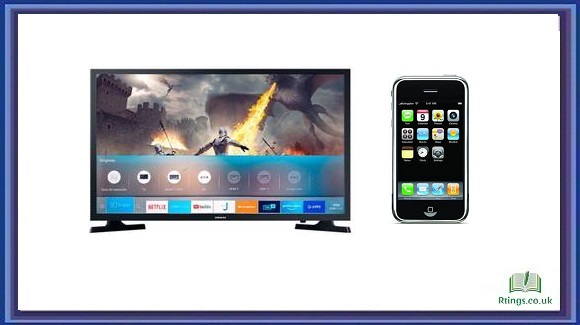Why Measuring TV Size Matters The size of your television is crucial in creating a comfortable and enjoyable viewing experience. A TV that is too small can be challenging to see, while a TV that is too large can be overwhelming in a small room. Measuring the TV size is essential to make sure that the television you choose fits well in your room and provides the optimal viewing experience.
Room Size Consideration
The first step in measuring TV size is to consider the size of your room. Larger rooms can accommodate larger TVs, while smaller rooms may require smaller televisions. Keep in mind that you will want to choose a TV that complements the size of your room and looks in the right place.
Viewing Distance
Another important factor to consider when measuring TV size is viewing distance. The viewing distance is the distance between the viewer and the TV screen and can impact the overall viewing experience. If you sit too close to the TV, the pixels can become visible, and the image quality may suffer. If you sit too far away, the screen may appear smaller than its actual size. It’s recommended to sit at a viewing distance of approximately 1.5 to 2.5 times the diagonal measurement of the TV.
Aspect Ratio
The aspect ratio of a TV refers to the relationship between the width and height of the screen. The two most common aspect ratios are 4:3 and 16:9, with 16:9 being the standard aspect ratio used in modern widescreen televisions. The aspect ratio can impact the viewing experience, as it determines the screen’s shape.
Screen Resolution
Screen resolution is another factor to consider when measuring TV size. The higher the resolution, the clearer and sharper the image will be. The two most common resolutions for TVs are 720p and 1080p, but higher resolutions, such as 4K and 8K, are becoming more common and offer even higher levels of detail and clarity.
Diagonal Measurement
The diagonal measurement of a TV is the most common way to measure the size of a television. This measurement is taken from one bottom corner of the screen to the opposite top corner, crossing the center of the screen. This measurement provides a clear and easy-to-understand representation of the overall size of the TV.
Conclusion
Measuring the TV size for your room is an important step in creating an enjoyable viewing experience. By considering factors such as room size, viewing distance, aspect ratio, screen resolution, and diagonal measurement, you can choose a TV that fits well in your room and provides the optimal viewing experience. Make sure to consider these factors and answer any questions you may have before making a decision. By taking the time to measure and consider your options, you can ensure that you choose the suitable TV for your needs.
Frequently Asked Questions (FAQs)
What is the optimal viewing distance for a TV?
The optimal viewing distance for a TV is typically 1.5 to 2.5 times the screen’s diagonal measurement. For example, if you have a 40-inch TV, the ideal viewing distance would be between 60 and 100 inches.
What is the aspect ratio of a TV, and why is it important?
The aspect ratio of a TV refers to the relationship between the width and height of the screen. The two most common aspect ratios are 4:3 and 16:9, with 16:9 being the standard aspect ratio used in modern widescreen televisions. The aspect ratio is important because it determines the screen’s shape and can impact the viewing experience.
Is a higher screen resolution always better?
Higher screen resolution can provide a clearer and sharper image, but there may be better options for your needs. For example, if you sit too far away from the TV, you may not be able to appreciate the higher resolution, and in this case, a lower resolution might be sufficient.
How is the diagonal measurement of a TV taken?
The diagonal size of a TV is taken from one bottom corner of the screen to the opposite top corner, crossing the center of the screen. This measurement provides a clear and easy-to-understand representation of the overall size of the TV.
What if my room is irregularly shaped or has obstacles?
If your room is irregularly shaped or blocked, it can be helpful to use a piece of string or a measuring tape to get a sense of the space and how a TV might fit. This can help you better understand the full-size TV that will fit comfortably in your room.






